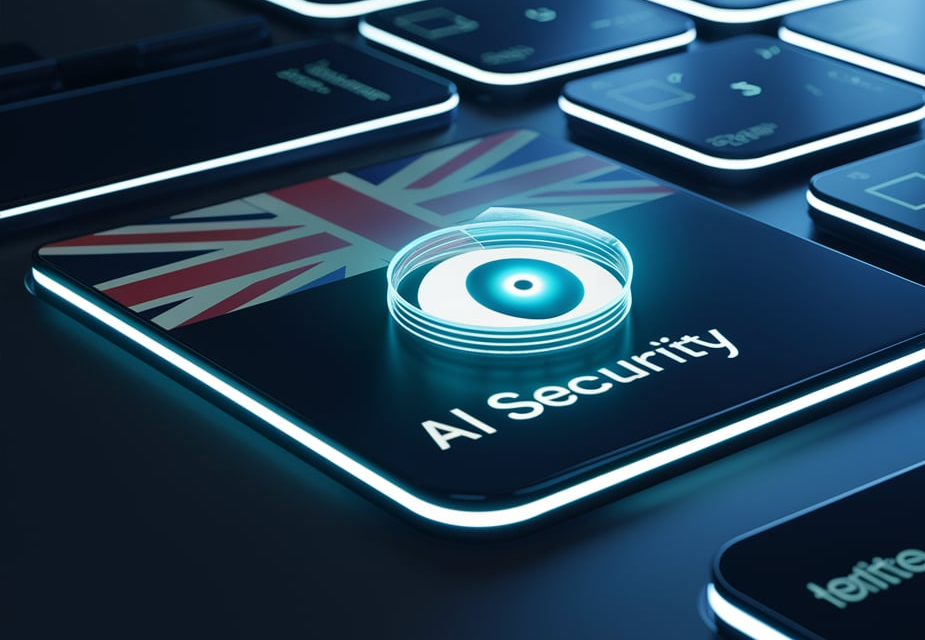Artificial Intelligence (AI) is no longer a futuristic concept and it is now a present-day reality. As a result, the UK government is taking proactive steps to ensure that our digital infrastructure remains secure as AI becomes increasingly integrated into daily use.
The UK Government Department for Science, Innovation & Technology (DSTI) has generated a proposal they think will reshape the landscape of AI development and deployment.
The AI Cyber Security Code of Practice is a voluntary set of guidelines that could soon become the gold standard for AI security not just in Britain and potentially around the world.
The Department for Science, Innovation & Technology has unveiled a proposal that could reshape the landscape of AI development and deployment. Announced in May 2024, this code is not just another piece of bureaucratic red tape; it’s a forward-thinking initiative designed to address the unique challenges posed by AI technologies in our interconnected world.
For businesses, whether a large organisation pushing the limits of AI capabilities or a small enterprise considering adopting AI solutions, this code could have far-reaching implications for how to approach AI development, implementation, and maintenance.
The UK’s AI Cyber Security Code of Practice is intended to be more than just a set of guidelines, but a comprehensive framework designed to address the unique challenges posed by AI technologies.
The key elements that make the code are:-
1. While the code is voluntary, its potential to shape industry standards shouldn’t be underestimated. By setting clear baseline security requirements for AI technologies, it’s likely to become a de facto standard for responsible AI development and deployment.
2. The code recognises that AI security is a shared responsibility. It defines four key stakeholders – Developers, System Operators, Data Controllers, and End-users – each with distinct roles and responsibilities. This holistic approach ensures that security is considered at every stage of the AI lifecycle.
3. Rather than prescribing rigid rules, the code outlines 12 core principles covering secure design, development, deployment, and maintenance. This flexibility allows the code to remain relevant as AI technologies evolve, addressing everything from threat modelling to supply chain security.
4. Perhaps most significantly, the UK government intends to use this code as a foundation for developing a global technical standard. This ambition reflects the borderless nature of AI technologies and the need for international cooperation in governing them.
5. The code aims to strike a delicate balance between security and innovation. It’s designed to enhance trust in AI systems without stifling the rapid advancements that make AI so promising.
6. A key aspect of the code is its focus on clear documentation of AI systems, including their data sources, limitations, and potential failure modes. This push for transparency could significantly enhance trust in AI technologies.
The businesses implications of this Code are significant:-
- It provides a clear framework for implementing AI securely, potentially reducing the risk of costly security breaches.
- Early adopters of these standards may gain a competitive edge, particularly in industries where trust is paramount.
- The code could become a key reference point for AI procurement, influencing buying decisions across industries.
- Not least, it may shape future regulatory requirements, giving proactive businesses a head start in compliance.
As AI continues to permeate various sectors, from finance to healthcare, understanding and implementing these security principles will be crucial for any business looking to leverage AI technologies responsibly and effectively.






























Leave a Reply